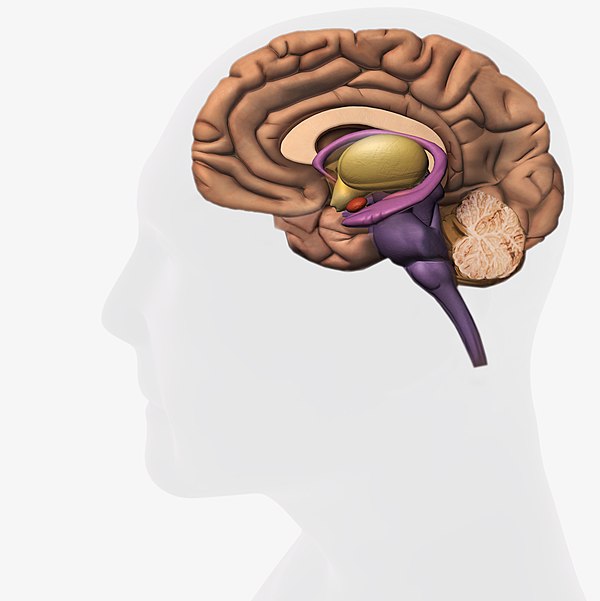User:Begoon/sandbox/bare
Appearance
< User:Begoon | sandbox
Fetal
[edit]Possible effects of nicotine on the developing human fetal brain
Nicotine exposure during pregnancy can harm fetal brain development.[9]
|
References
- ^ a b c d Cite error: The named reference
Holbrook2016was invoked but never defined (see the help page). - ^ a b Cite error: The named reference
EnglandAagaard2017was invoked but never defined (see the help page). - ^ a b c SGUS 2016, p. 108; Chapter 3.
- ^ a b Cite error: The named reference
MakadiaRoper2017was invoked but never defined (see the help page). - ^ Cite error: The named reference
BehnkeSmith2013was invoked but never defined (see the help page). - ^ Cite error: The named reference
Chapman2015was invoked but never defined (see the help page). - ^ Cite error: The named reference
Kohlmeier2015was invoked but never defined (see the help page). - ^ Cite error: The named reference
AlkamNabeshima2019was invoked but never defined (see the help page). - ^ Cite error: The named reference
Brandon2015was invoked but never defined (see the help page).
Comparative risk assessment
[edit]| Harms | Benefits |
|---|---|
| Increased youth exposure to nicotine and potentially greater initiation of conventional cigarettes | Reduced disease risk for current smokers who completely switch to e-cigarettes |
| Slowing cessation by smokers due to nicotine addiction | Reduced disease morbidity for smokers with existing heart or lung disease who switch to e-cigarettes |
| Nicotine addiction in former smokers who begin to use e-cigarettes and possibly transition back to smoking | Potential for cessation of combustible products |
| Renormalization of nicotine use and smoking as acceptable | Fewer users of combustible products in the entire population |
| Future disease risks for youth who are exposed to nicotine | |
| Increasing the dual use of e-cigarettes with combustible products | |
| Serving as a “gateway” to the initiation of tobacco smoking | |
| Increased disease risk vs. complete cessation among those who use both e-cigarettes and combustible products | |
| Exposure to secondhand aerosol and lack of clean air |
Annotated image
[edit]Possible effects of nicotine on the developing human brain
|
References
- ^ SGUS 2016, p. 5; Chapter 1.
- ^ a b c d e f g Cite error: The named reference
England2015was invoked but never defined (see the help page). - ^ a b c SGUS 2016, p. 113; Chapter 3.
- ^ Cite error: The named reference
CollacoMcGrath-Morrow2018was invoked but never defined (see the help page). - ^ Cite error: The named reference
YuanCross2015was invoked but never defined (see the help page). - ^ a b Cite error: The named reference
SGUS-2016was invoked but never defined (see the help page). - ^ a b c Cite error: The named reference
NIDA2018was invoked but never defined (see the help page).


